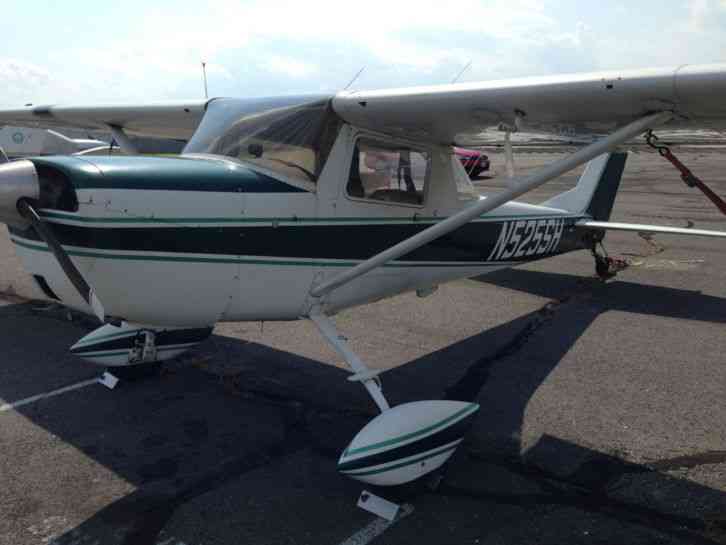“2900 hrs TT airframe, 300 SMOH engine, paint is good, interior is worse with poor seat uphosltry”.
Item specifics
| Used |
| “2900 hrs TT airframe, 300 SMOH engine, paint is good, interior is worse with poor seat uphosltry” |
| Make: | Cessna | Model Year: | 1967 |
Good mechanical condition with many years left on the paint except for some small areas of trim paint on the plastic fairings (tail area) which need touch up. Good Narco radio and transponder with wiring in place for ADF and DME. All radios come with the aircraft though ADF and DME were removed (functional) as they weren"t needed.
Pull type electric starter (no solenoid), electric flaps, generator, Whelen strobe lights (nose and wingtips). Vacuum pump and oil filter.
Interior is the airplane"s worst feature with OK plastic but lousy upholstery. The seats are in good structural shape but the brown corduroy seat covers look like a wolverine has been living on them. Maybe I just don"t like corduroy but a new set of seat covers would enhance the airplane a lot.
Located in Maryland and in annual through February 2016.
The airplane flies straight, has a fantastic field of view for a tailwheel airplane, and tracks very well on the ground. It does exhibit some tendency to bounce on landing maybe as a result of the shallow landing gear leg angle and wheel landings can be a true challenge until you learn to immediately move the yoke forward at touchdown instead of trying to catch the nose and move the yoke to compensate. If you wait to see a pitch change, it will bounce back into the air. If you move the yoke right away at wheel contact, it will stay at the right angle and be fine. Once learned, the aircraft lands fine BUT it is not "just like" other taildraggers and takes a bit of finesse to get right. I think this is common for many 150 conversions and may be the price you pay for the excellent over-the-nose vision (no S-turns needed for taxi).
We"ve had this airplane for a couple of years and are ready to move it along to a new home. My airplane partner and several other pilots got their tailwheel endorsements in it and it is simply time to concentrate on some other airplanes and projects.
Glad to deliver for costs. Being retired has its advantages. Current date: 2016-01-26









